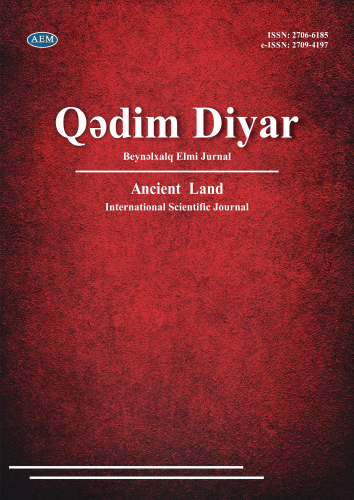https://doi.org/10.36719/2706-6185/44/41-48
Sitara Mustafayeva
Baku State University
PhD in History
https://orcid.org/0000-0001-8829-44-77
Gabala Radar Station and the Problem of Russian-American
Cooperation on Missile Defense
Abstract
The US withdrawal from the 1972 Anti-Ballistic Missile Treaty in 2002 allowed the U.S. to begin implementing a program to create a global national missile defense system, which was supposed to ensure the strategic security of NATO countries. The project related to the deployment of elements of the American missile defense system in Poland and the Czech Republic (Third Position Area) triggered sharp criticism from Russia. In 2007, President of the Russian Federation V.V. Putin made a proposal to US President George W. Bush to jointly use the Gabala radar station and the next-generation radar being built in the city of Armavir as an alternative to deploying elements of the American missile defense system in Eastern Europe. The Gabala radar station, located on the territory of the Republic of Azerbaijan and leased by the Russian Federation (until 2012), has long been important in ensuring strategic security not only for this country, but also for the entire South Caucasus region. After tripartite consultations between representatives of Russia, the United States, and Azerbaijan, Washington made a statement that after modernization, the Gabala radar station could be used as an addition to the Third Position Area of the American missile defense system, which was not in line with Russia’s national interests. The US position on this issue led to a sharp deterioration in Russian-American relations.
Keywords: Gabala radar station, Russian-American cooperation on missile defense, Russian Federation, Republic of Azerbaijan, American missile defense system

